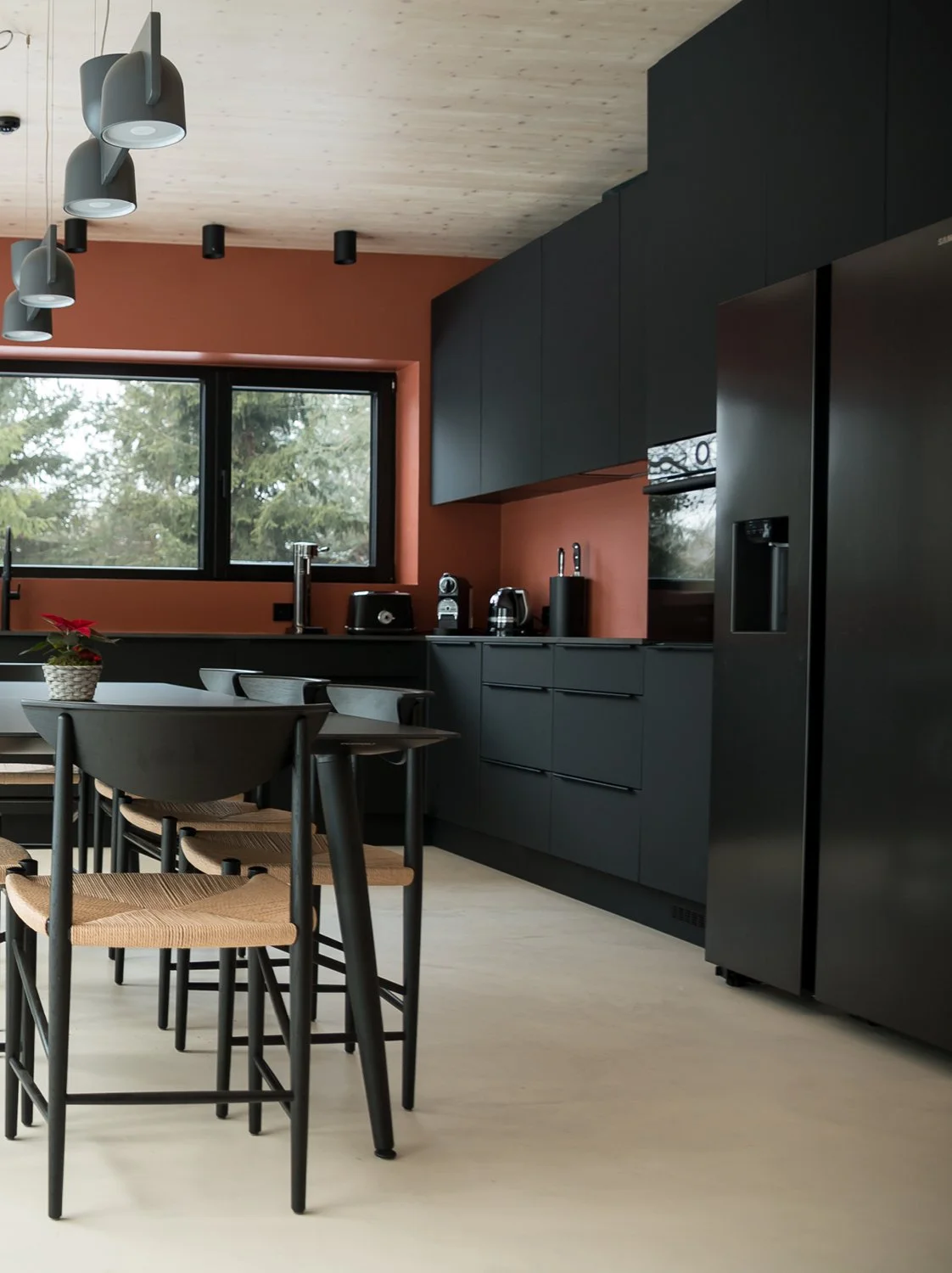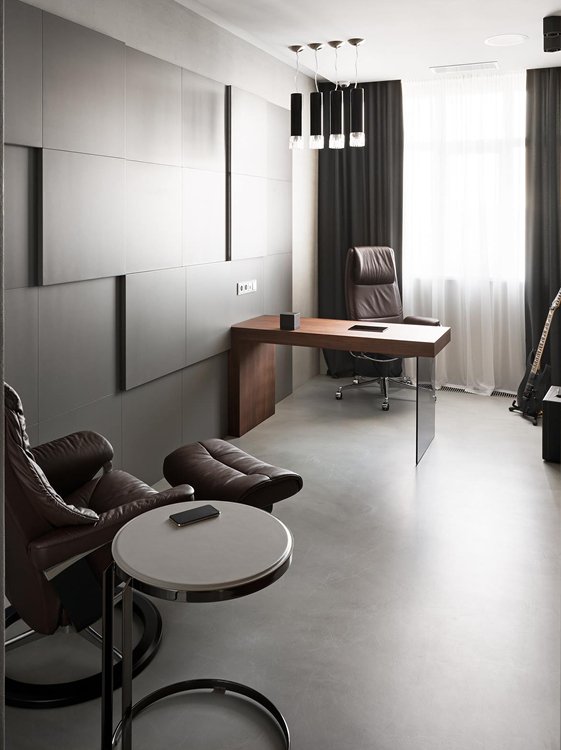Flooring
MICROCEMENT FLOORING
Microcement floor, also commonly referred to as micro-screed, is an alternative to polished concrete flooring solutions. It allows you to have an industrial polished concrete effect which would not have otherwise been possible. Microcement flooring is renowned for its functionality as well as aesthetic value. It will not crack and is resistant to pressure, scratches, running water, weather-related damages, and various impacts. Microcement is an ideal material for individuals looking to achieve a contemporary, industrial interior, whilst making the finish unique to your own style – with different applications of the finishing products, varying sealers, and the final sands allowing for several different finishes.
MICROCEMENT & UNDER FLOOR HEATING (UFH)
For a variety of reasons, microcement is one of the leading building materials for use on underfloor heating. Firstly, due to it being a continual covering that does not crack and, more relevantly, for its exceptional thermal conductivity. Microcement floors are excellent for heating with heated floor systems because of their high thermal mass. A heated microcement floor is a terrific way to improve the comfort and warmth of your home since concrete heats up quickly and maintains heat efficiently while retaining the warmth generated from the solar gain. Because microcement overlays are only 3mm thick, warmth from the heating pipes passes through with little resistance, significantly less than, for example, tiles or wooden flooring.
MICROCEMENT COLOURS
Our microcement overlays come in a wide range of colours, which is just one of its great attributes. We are continuously developing new colours and tones to provide our clients with even more effects and combinations.
Grey tones are the most popular, but we also have many, more fascinating colours. All of these can be mixed and matched to create unique shades for a completely customised floor. A sample of the requested colour can be presented before the project is underway. There are no two projects alike; each one is one-of-a-kind.
MICROCEMENT AFTERCARE
A typical installation takes up to 21 days to fully harden as it is a cementitious product. Special care must be taken to a freshly laid coating for at least the first 1 to 2 weeks when it is at its softest. During this time high foot traffic is not recommended. Dragging heavy objects over the surface or dropping them may damage the finish.
The protecting sealer can withstand a wide range of chemicals however it is not recommended to leave acidic or alkaline products like lemon juice, bleach, vinegar, or wine on the surface for a prolonged period of time.
DIFFERENCE BETWEEN MICROCEMENT AND POLISHED CONCRETE
While both microcement and polished concrete are popular decorative finishes for floors and walls, they differ in several important ways.
Microcement is a thin-layer decorative finish that is typically applied in 2-3 layers using a trowel. It’s made of a mixture of cement, water, and other additives, giving it a smooth and durable finish that can be customized with a range of colours, textures, and effects.
Polished concrete, on the other hand, is a thicker layer of concrete that is polished to create a smooth and shiny finish. It’s typically used in industrial or commercial settings, providing a durable and low-maintenance flooring option that can withstand heavy foot traffic and equipment.
One of the main differences between microcement and polished concrete is their thickness. Microcement is applied in thin layers, making it ideal for walls, floors, and even furniture. Polished concrete, on the other hand, is much thicker and typically only suitable for flooring.
Another difference between the two finishes is their appearance. Microcement has a smooth and refined finish, giving it a sophisticated and elegant look. Polished concrete, on the other hand, has a more industrial and utilitarian appearance, making it ideal for commercial and industrial settings.
SUMMARY
The coating is flexible, durable and robust. suitable for any shape or size and adheres to all types of substrates. It is joint-free and, therefore very easy to clean. It is UV-resistant, fire-retardant, does not stain, and has excellent chemical and mechanical resistance.




